- Home
- Eric Flint
The Grantville Gazette Volumn II Page 28
The Grantville Gazette Volumn II Read online
Page 28
There is one mining introduction from up-time that will not always help safety. Underground mining by hand is a slow and tedious business. Underground mining with explosives is much faster, but it is more dangerous. The explosions can loosen rock and make a mine less stable. The up-timers and down-timers will need to work together on handling explosives and safety with explosives. In some places however, the miners set fires underground to crumble the rock, and make it easier to mine. Explosives would be less ghastly to work with than these underground fires.
There's one category of help I haven't mentioned yet. It will probably be the most important, in the short run. Some of the desired minerals (the ores for tungsten, zinc, and nickel, for example) were already known, but were considered junk minerals.
The cheapest route to many mineral resources is to prospect the rubble and slag heaps of existing mines and smelters for desired minerals. Gold is one mineral that can be obtained from slag heaps; another is silver. Down-timers had plenty of experience separating gold and silver from other ores. They did not have experience using cyanide or electrolysis. In order to check slag heaps for desired resources, some method other than straight mineral surveying would need to be used.
Until 1635, Grantville will have a working X-ray spectrometer that will be able to do a nondestructive assay on any samples of slag sent back to it. The X-ray spectrometer is part of the quality and safety equipment at the power plant, and so cannot leave Grantville. After 1635, the spectrometer will not work well enough to give good results, so there is some urgency to the task of getting samples sent from every existing slag heap and rubble pile.
Two types of destructive analysis will take the place of the X-ray spectrometer, eventually. Blowpipe analysis involves holding a piece of stuff in a flame, and blowing a stream of air at it to heat up the flame and the sample. When it's done in a dark room, subtle and unsubtle color changes show what elements are present. The use of a prism, a flame or an electric arc, and a dark room will also reinvent the field of destructive spectroscopy.
Finding Strategic Minerals—
Cooperation Between Up-timers
and Down-timers
Why can't the up-timers just go prospecting? There aren't enough of them, and very few have enough geologic knowledge to do a survey, rather than just prospecting. Grantville is very lucky, as it is a mining town. They have an experienced, German-speaking mining engineer and mine surveyor, two teachers with bachelor's degrees in Geology, a quality engineer at the power plant with training in the X-ray spectrometer, a civil engineer and surveyor, a few chemistry and math teachers, and several rockhounds. Most towns with 3,500 people just don't have that many people with some experience in geology or surveying.
However, there just aren't enough up-timers. The experienced ones have inescapable responsibilities in or near Grantville. The best they can do is to train others, make tools, and print books.
A Modest Proposal
How would the up-timers teach down-timers about the advances in mineralogy, mining, geology and geologic surveying in a systematic fashion and in a short time? How would they make known the advances in instruments, and train down-timers in their use in short order? The simplest way would be through a field camp for down-timer miners, surveyors, and underground surveyors. Up-timer high-school graduates with a strong background in science and math could also be trained.
Of the first students taking this field course for ten weeks, fewer than half of the experienced miners, engineers, surveyors, and very good high-school graduates would complete it successfully. Learning straight surveying is tough enough. (It's more than a ten-week job.) A good geological surveyor requires four skill-sets beyond straight surveying. They need to identify the rocks. They need to recognize fossils to help correlate rocks over long distances. They need to picture things in three dimensions, including the boundaries of the layers of rock. Successful students will also need to be people who can work underground without mental problems—even now, it's hard to predict who will be able to work long periods underground.
Today, geology students do much of their learning during field trips. The mother of them all is field camp, an opportunity for them to spend a summer mapping rocks. During field camp students check their knowledge of several different types of terrain, different types of mapping, and different types of rocks. An extended field camp with a classroom session in the beginning would be the best method for getting the new up-timer information out.
Today, with modern transportation, field camps can range over several hundred miles. In the 1632 universe, any field camp would be limited to within thirty to forty miles of Grantville, for all practical purposes. Fortunately, thanks to the location of the Ring of Fire, there are enough different terrains and rocks to provide a meaningful field camp.
Who would be the students at any field camp? If the first field camp were held in the summer of 1631, the students would be recent female graduates from the high school who were good in math and science. Students would also be engineers, miners, and even some underground surveyors from the mercenary troops and from nearby areas.
In order for the students to work with geared-down surveying techniques, they would need good instruments. Someone would need to make enough instruments for the students to use for field camp, and for successful graduates to purchase after camp. The only way enough instruments could be made would be if an instrument maker were in town. Between the machine shops and the town optician, there is an instrument-making shop in town. However, this would take a lot of time. Fortunately, the optician is married to a geologist-turned-teacher, so he could be persuaded to spend time on this project. There is a machine shop at the school that might be able to do some of the work over the first summer of 1631.
In order for the mapping to be useful on a large scale, the students would need to be able to locate themselves in time and space. With the help of the alidades, a watch with known slip, and an ephemeris, the students would be able to locate themselves. An ephemeris is a list that gives the rising and setting times for the sun, the moon, the planets, and some bright stars for a given time and place.
The students might be able to locate the geologic time of rocks they were mapping with the help of fossils. Textbooks and fossil field guides have many of the more common, world-wide fossils that help geologists to date layers of rock.
Inside the Ring of Fire, the students would need to learn to use slide rules and refresh themselves on trigonometry, in order to do the necessary calculations for accurate mapping. The first type of mapping they would learn would be topographic mapping. Then they would work on geologic mapping.
Ron Koch, the mining engineer, might be able to spare as many as four mornings to work with the students on mapping the coal mine, allowing them to work and map in the mine on those afternoons.
Any good field camp provides opportunity to work on sedimentary, igneous, and metamorphic rocks. The West Virginian rocks that came through the Ring of Fire are sedimentary. Near Saalfeld (less than ten miles from the Ring of Fire) are some interesting metamorphic quartzites and schists near the Kamsdorf mine, and the Jeramiah's Gluck mine (Feengrotten). If there's time, the students might venture as far as Suhl, about forty miles to the east, to see igneous granites, rhyolites, and andesites, as well the copper mines of nearby Goldlauter.
The only hope for having all the crucial skills in a survey team would be for the team to divide up the tasks. A successful team might consist of an experienced surveyor, an experienced miner, a rodman, and a person dedicated to calculations.
The bad news is that there wouldn't be enough time to teach everything; this would be a crash course. Any survey teams that go out after camp would be serving out apprenticeships in the field. Transportation would be mules or horses—only the down-time surveyors would be used to working with them. Down-time miners and up-time girls (with a couple of exceptions) would have had little experience with horses. Two or three up-time girls may have ridden horses, but would n
ot have used packhorses or pack mules.
The good news is that any field camp near the Ring of Fire would have a wonderful advantage—the Ring of Fire itself. Since it was cut to a molecular level, the Ring of Fire Field Camp would have the unparalleled advantage of many fresh cliff faces. These cliffs would give an underground glimpse of the geology of both sides of the Ring of Fire. Geologists drool over fresh cliff-faces. The Ring of Fire has many fresh cliff faces, of varied height. Instant cross-sections! It would be very easy to get across several concepts, just by using the Ring of Fire as a teaching tool.
Money and Politics—The Elephant Under the Rug
A field camp such as this is expensive. The cost for teachers, transportation, food, and instruments and gear can be quite high. The town might be able to pay for the first summer's field camp and instruments with good will and high hopes, but any subsequent field camps would need to be attended by paying students. If any students were sponsored, someone other than the taxpayers would need to pick up the tab.
Equipping the surveyors with good instruments of their own (rather than instruments made for the field camp) would also be very expensive. Any instrument sales would need to be paid for by the purchaser—Grantville could not afford to give them away.
No field camp can operate without the permission and cooperation of the existing landowners and mining administration. Fortunately, Duke Johann Philip of Saxe-Altenburg, the landowner and ruler for the mines around Saalfeld, is a forward-looking man. He might well be willing to allow a field camp to work on his lands, if he could get the benefit of the best of the final maps and reports. He would certainly be encouraged by the idea of greater mining revenues.
After field camp, the successful students would need to get jobs. Topographic mappers would certainly be in demand by the military—several might even reenter the military. Whether or not others get employment would depend on the various mining administrations and rulers, builders of streets, dams, and canals, as well as the owners of iron and coal mines. Some, such as Gustavus Adolphus, might even pay for students to attend field camp, and assign them to difficult problems immediately on graduation. (That would be how Gustavus Adolphus would have people prospecting for Chromite in 1633.) Other areas might show no interest whatsoever in people with this new training.
That's where correspondence would come in. Word of mouth advertising was even more important in the seventeenth century than it is today. If employers were happy with the results from their new surveyors, then they would be sure to let others know.
Letters would be important for another reason. Even if all the people who completed field camp in the first two years were offered jobs or went into business for themselves, there still wouldn't be enough people to get samples back from all the slag heaps and rubble piles. The word would need to get out to all mine operators. Only a down-timer who is good at several types of correspondence could do this.
That type of correspondence would really be the start of a formal geologic survey. The government of either the USE or of the Grantville-administered area might want to pick up the tab for a modest geologic survey, but it could not afford to pay for a full survey, complete with many teams.
Grantville would need to take advantage of people who already make public opinion as far as science goes. Geology would need to come into fashion. This isn't farfetched. In our timeline, geology was a very fashionable science in the first part of the nineteenth century. Correspondence from happy mine administrators, rulers, and landlords to their many acquaintances would be the best possible advertisement for Grantville-trained surveyors. Whether this word would work fast enough to get samples to Grantville before the spectrometer could no longer be used is an open question.
Conclusion
The actual mining and marketing of strategic resources will be carried out mostly by down-timers. One exception might be any mines near Saalfeld. Another would be any easily found petroleum, because of the drilling equipment within the Ring of Fire.
Up-timers can train down-timers in new techniques, and in some cases can be part of down-timer-led teams for geologic and topographic surveying.
Many up-time technologies to make mining more efficient and safe will take a long time to be widespread. Safe lighting and high explosives will spread before engines for drainage and ventilation.
The effort to obtain strategic minerals has the potential to be a strong way to bring together the up-timers and down-timers in economic, educational, and political cooperation.
The fastest way to desired minerals is to survey and work existing mines and slag heaps.
Any eventual formal geologic survey would need a down-timer with superb organizational and political skills as its director. Up-timers will be part of the technical team, but none would immediately have the necessary skills to enable work to be done in multiple jurisdictions.
Acknowledgments
The 1632 Chem Team. Dr. Manfred Gross and Dr. Virginia Easley DeMarce for assistance with the legal and social structure of mining in the seventeenth century. My son Samuel helped me to make this clearer. All errors are my own.
Further Reading
A Brief history of the WV Geologic Survey:
http://www.wvgs.wvnet.edu/www/allabout/allabout.htm
A Brief History of the US Geologic Survey:
http://pubs.usgs.gov/circ/c1050/index.htm
Pay special attention to the political and scientific skills needed by any successful Geologic Survey Director.
A Trip Through Our Mine: The Upper Harz Mining Museum:
http://region.tu-clausthal.de/obwm/trip.html
An excellent description in English of some of the mining processes used in the Upper Harz mining district. Note the drainage tunnel that took 120 years (with grants of respite) to build, the use of artificial lakes to run the water wheels, and the amount of hard rock tunnel one miner could carve in one year with only iron tools.
Agricola, Georgius. De Re Metallica, Hoover, H. C. and Hoover, L. H., Translators. Dover, 1950. New York.
Much of my information on mining, geology, and mineral knowledge in seventeenth-century Germany comes from the miner's bible of the time, Georgius Agricola's De Re Metallica. Herbert and Lou Henry Hoover published a brilliantly annotated translation of De Re Metallica in 1912. Mrs. Hoover was an excellent Latinist, and had a degree in geology from Stanford. Mr. Hoover was a mining engineer. Both of them had an interest in metallurgy, as well. All later translations into other languages, even German, owe much to the Hoover translation.
De Re Metallica was published in 1556, less than a year after Agricola's death. He had finished the manuscript in 1550, but the elaborate and wonderful woodcuts took a long time to prepare. Even though the novel 1632 takes place eighty years after De Re Metallica was published, mining and refining had not changed greatly in that time.
Geologic map of West Virginia:
http://www.wvgs.wvnet.edu/www/geology/geolgeom.htm
Geologic Map of Germany:
http://www.grosskurth.de/GK%20Deutschland.htm
Poster "Tag des Geotops 2003" (2.7 Mb):
http://www.tag-des-geotops.de/pdf/poster.pdf
General Economic Geologic Map of Thuringia:
http://www.tlug-jena.de/contentfrs/fach_09/60_00101_01_a01.html#sm11
These give no detail, but a general idea of what the geology will be in the area. The poster has the best resolution, but is a large file.
Lord, John, Capital and Steam Power. Web reprint in the University of Rochester's Library of Steam:
http://www.history.rochester.edu/steam/lord/
A very good review of just how expensive steam engines were during their introduction. Steam will not be this expensive, but it will still be very dear at first. Steam will take a long time to be fully introduced.
The Maps of Mike Barthelemy's 1632 Research Site:
http://homepage.mac.com/msb/163x/maps/
Mike Barthelemy's topographic map of the Ring of Fire in Thuringia and
Gorg Huff's three-dimensional rendering give a good introduction to reading a topographic map. They also show just where the open cliffs would be located.
USGS Minerals and Mining Yearbook 1998:
http://minerals.usgs.gov/minerals/pubs/commodity/myb/
The 1998 version would be the latest version sure to be in the mine office. Many mines do not have a copy of this book, but many do. Quentin Underwood is the kind of manager who would buy a copy every year.
Utrecht's opposition to the Münster peace process:
http://www.lwl.org/westfaelischer-friede/wfe-t/wfe-dok.htm
Note the description of mineral profits made during the Thirty Years War.
The Secret Book of Zink
By Andrew Clark
[We present to you for the first time translated into English, the remarkable and exciting news from Doctor Erasmus Faustus, as originally printed in the Fraenkische Wochenzeitung.]
By vows to God and from pious reflection, this humble man offers to mankind the secret story of the princely metal of Zink which can now be told. The Lord has revealed this hidden weapon in the fight of life force against its enemies. In prophetic words, I will utter things hidden from the foundation of the world. The Americans know of these things, and to us they speak freely, for they are persuaded that none of these things are to be hidden from us. These things are not done in a corner.
Practitioners of the Work of Alchemy have long known Venus' copper marries well with the crackling thunderbolt of Jupiter's tin to yield Bronze. Paracelsus warned in dark words of the danger in confusing Bronze with Brass and now we know the source of this confusion. Hear now how Zink differs from Tin, for it works through unsung power instead and its marriage to the Cyprian metal brings forth Brass, easily as shiny as Bronze, but allowing the timbre of the copper to sing felicitously. Zink loses not its masculinity with such deference much as charity is the more pious with anonymity.

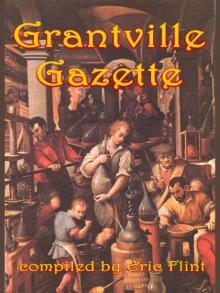 The Grantville Gazette Volumn VI
The Grantville Gazette Volumn VI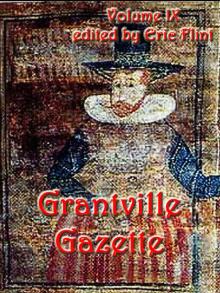 Grantville Gazette, Volume IX
Grantville Gazette, Volume IX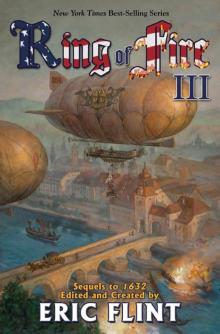 Ring of Fire III
Ring of Fire III Grantville Gazette-Volume XIII
Grantville Gazette-Volume XIII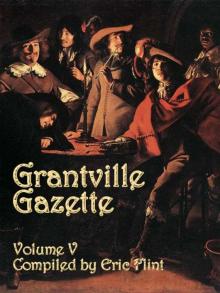 Grantville Gazette V
Grantville Gazette V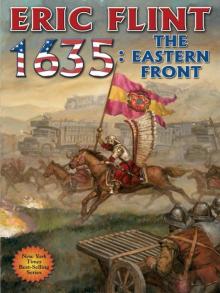 1635: The Eastern Front
1635: The Eastern Front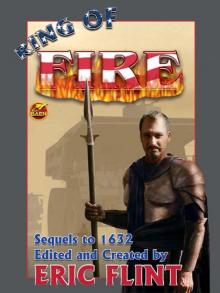 Ring of Fire
Ring of Fire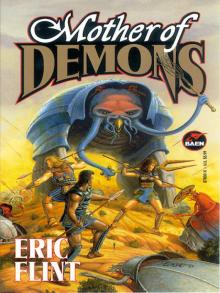 Mother of Demons
Mother of Demons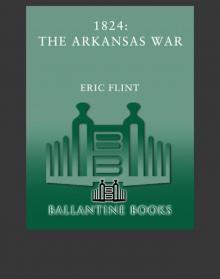 1824: The Arkansas War
1824: The Arkansas War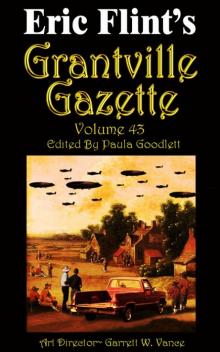 Grantville Gazette 43
Grantville Gazette 43 Forward the Mage
Forward the Mage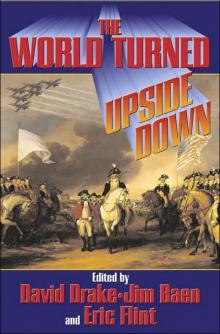 The World Turned Upside Down
The World Turned Upside Down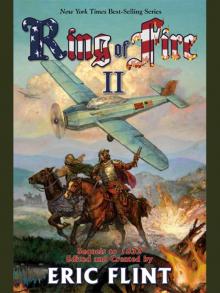 Ring of Fire II
Ring of Fire II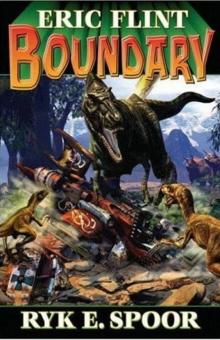 Boundary
Boundary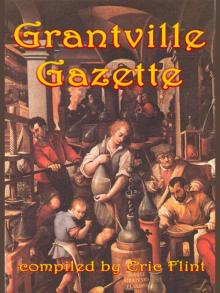 Grantville Gazette VI
Grantville Gazette VI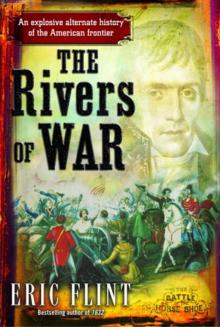 1812: The Rivers of War
1812: The Rivers of War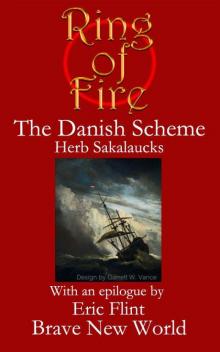 1633
1633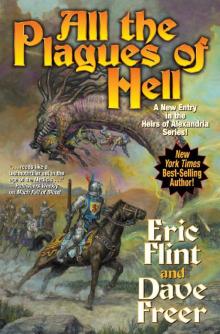 All the Plagues of Hell
All the Plagues of Hell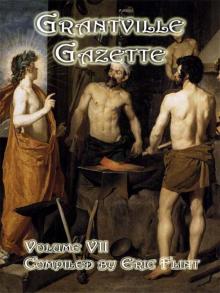 Grantville Gazette, Volume 7
Grantville Gazette, Volume 7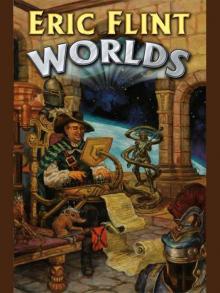 Worlds
Worlds 1632
1632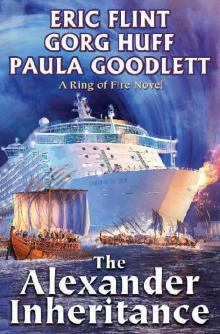 The Alexander Inheritance
The Alexander Inheritance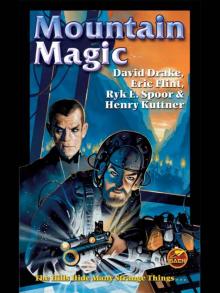 Diamonds Are Forever
Diamonds Are Forever The Philosophical Strangler
The Philosophical Strangler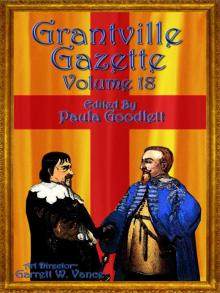 Grantville Gazette, Volume VIII
Grantville Gazette, Volume VIII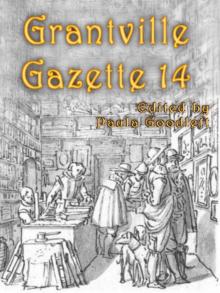 Grantville Gazette-Volume XIV
Grantville Gazette-Volume XIV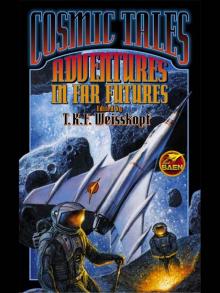 Genie Out of the Bottle
Genie Out of the Bottle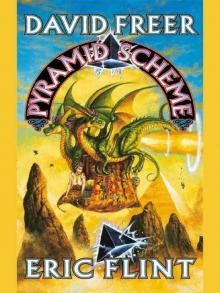 Pyramid Scheme
Pyramid Scheme 1636- the China Venture
1636- the China Venture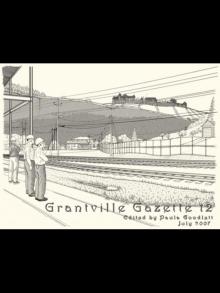 Grantville Gazette, Volume XII
Grantville Gazette, Volume XII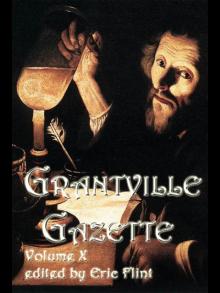 Grantville Gazette, Volume I
Grantville Gazette, Volume I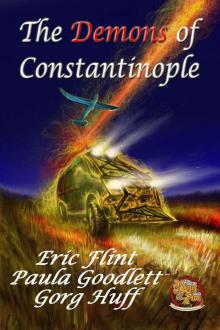 The Demons of Constantinople
The Demons of Constantinople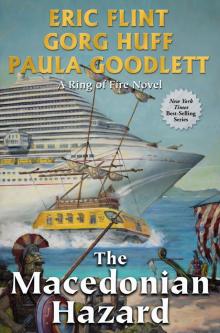 The Macedonian Hazard
The Macedonian Hazard 1634- the Galileo Affair
1634- the Galileo Affair The Shaman of Karres
The Shaman of Karres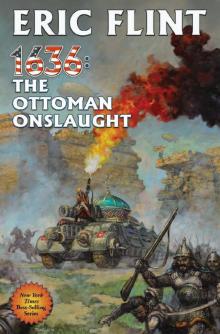 1636: The Ottoman Onslaught
1636: The Ottoman Onslaught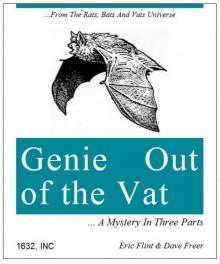 The Genie Out of the Vat
The Genie Out of the Vat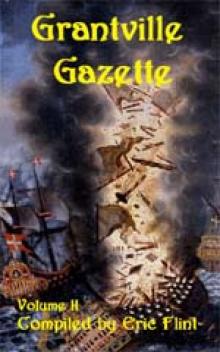 The Grantville Gazette Volumn II
The Grantville Gazette Volumn II 1636: The Saxon Uprising
1636: The Saxon Uprising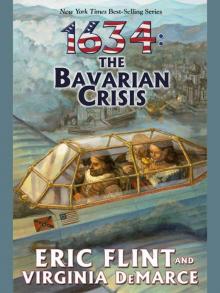 1634 The Baltic War
1634 The Baltic War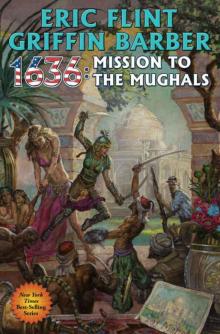 1636: Mission to the Mughals
1636: Mission to the Mughals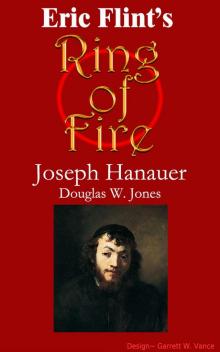 !632: Joseph Hanauer
!632: Joseph Hanauer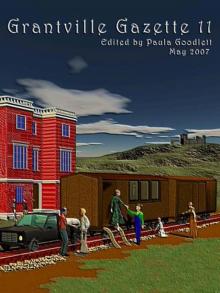 Grantville Gazette-Volume XI
Grantville Gazette-Volume XI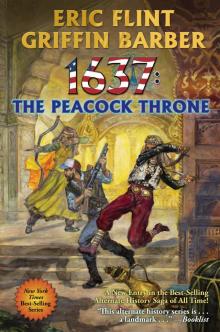 1637: The Peacock Throne
1637: The Peacock Throne 1636: The China Venture
1636: The China Venture The Rats, the Bats & the Ugly
The Rats, the Bats & the Ugly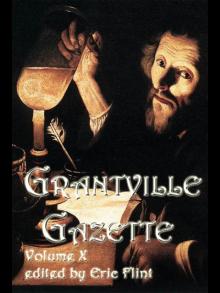 Grantville Gazette, Volume X
Grantville Gazette, Volume X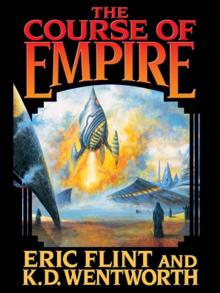 The Course of Empire
The Course of Empire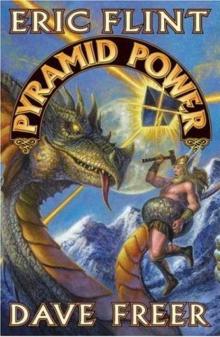 Pyramid Power
Pyramid Power 1636: The Devil's Opera
1636: The Devil's Opera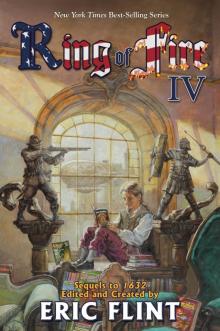 Ring of Fire IV
Ring of Fire IV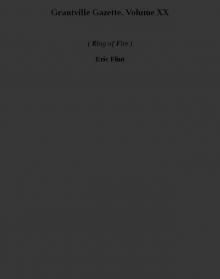 Grantville Gazette. Volume XX (ring of fire)
Grantville Gazette. Volume XX (ring of fire)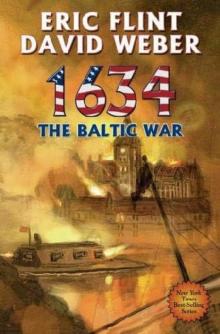 1634: The Baltic War (assiti chards)
1634: The Baltic War (assiti chards)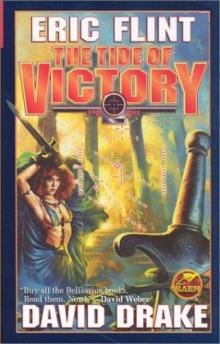 The tide of victory b-5
The tide of victory b-5 1634: The Ram Rebellion
1634: The Ram Rebellion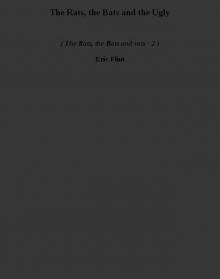 The Rats, the Bats and the Ugly trtbav-2
The Rats, the Bats and the Ugly trtbav-2 Castaway Resolution
Castaway Resolution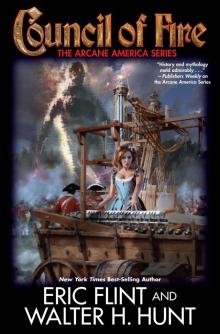 Council of Fire
Council of Fire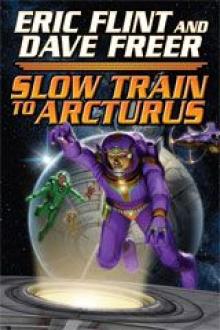 Slow Train to Arcturus
Slow Train to Arcturus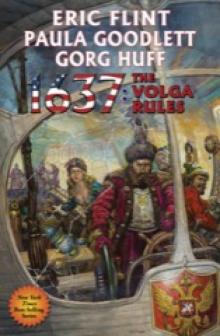 1637_The Volga Rules
1637_The Volga Rules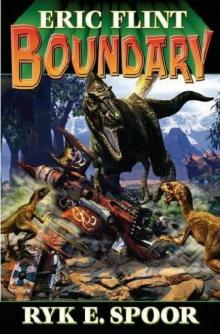 Boundary b-1
Boundary b-1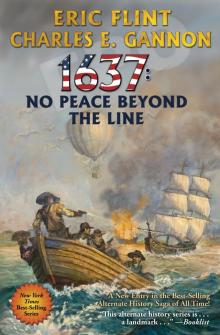 1637: No Peace Beyond the Line
1637: No Peace Beyond the Line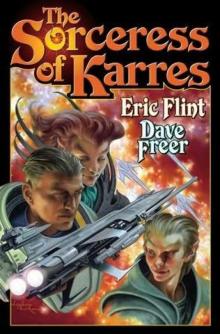 The Sorceress of Karres
The Sorceress of Karres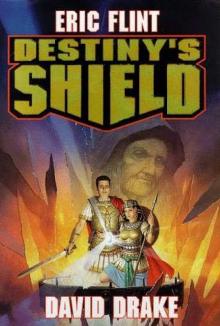 Destiny's shield b-3
Destiny's shield b-3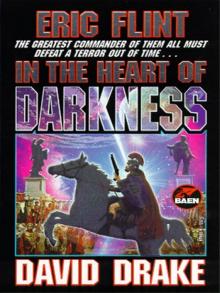 In the Heart of Darkness b-2
In the Heart of Darkness b-2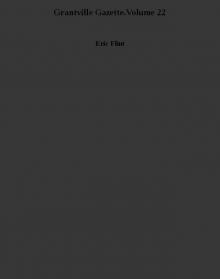 Grantville Gazette.Volume 22
Grantville Gazette.Volume 22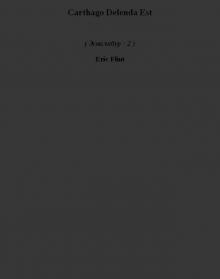 Carthago Delenda Est э-2
Carthago Delenda Est э-2 1635: The Eastern Front (assiti shards)
1635: The Eastern Front (assiti shards) 1812-The Rivers of War
1812-The Rivers of War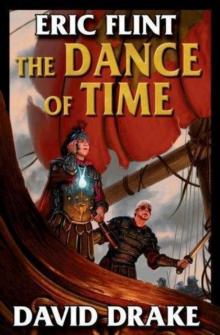 The Dance of Time b-6
The Dance of Time b-6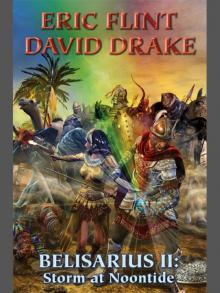 Belisarius II-Storm at Noontide
Belisarius II-Storm at Noontide Iron Angels
Iron Angels 1636:The Saxon Uprising as-11
1636:The Saxon Uprising as-11 1812: The Rivers of War tog-1
1812: The Rivers of War tog-1 Jim Baens Universe-Vol 1 Num 6
Jim Baens Universe-Vol 1 Num 6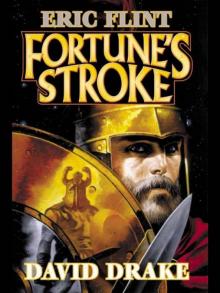 Fortune's stroke b-4
Fortune's stroke b-4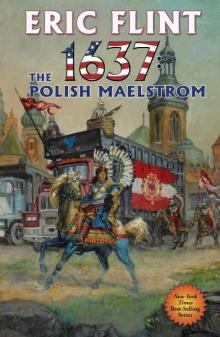 1637 The Polish Maelstrom
1637 The Polish Maelstrom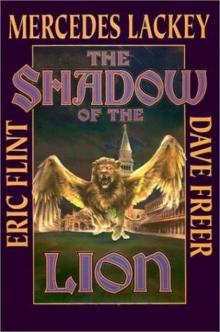 The Shadow of the Lion hoa-1
The Shadow of the Lion hoa-1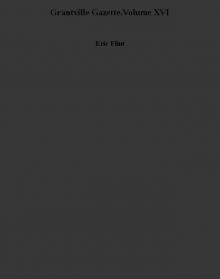 Grantville Gazette.Volume XVI
Grantville Gazette.Volume XVI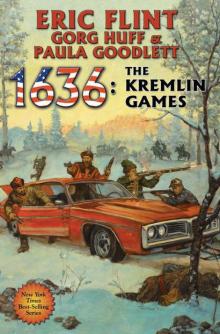 1636:The Kremlin games rof-14
1636:The Kremlin games rof-14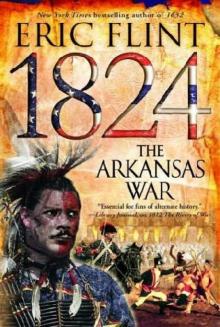 1824: The Arkansas War tog-2
1824: The Arkansas War tog-2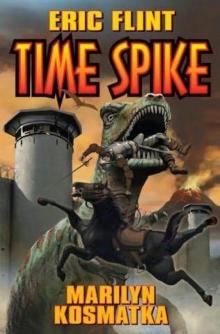 Time spike
Time spike Jim Baen's Universe-Vol 2 Num 1
Jim Baen's Universe-Vol 2 Num 1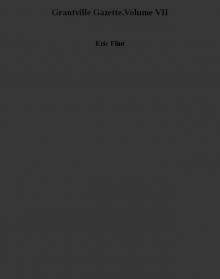 Grantville Gazette.Volume VII
Grantville Gazette.Volume VII 1634: The Ram Rebellion (assiti shards)
1634: The Ram Rebellion (assiti shards)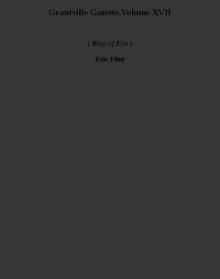 Grantville Gazette.Volume XVII (ring of fire)
Grantville Gazette.Volume XVII (ring of fire) Jim Baens Universe-Vol 2 Num 5
Jim Baens Universe-Vol 2 Num 5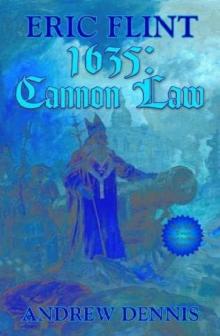 1635: The Cannon Law (assiti shards)
1635: The Cannon Law (assiti shards)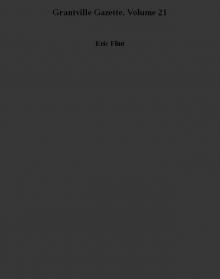 Grantville Gazette. Volume 21
Grantville Gazette. Volume 21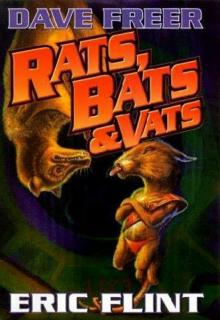 Rats, Bats and Vats rbav-1
Rats, Bats and Vats rbav-1 1636_The Vatican Sanction
1636_The Vatican Sanction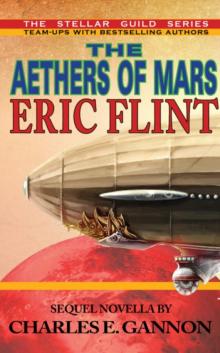 The Aethers of Mars
The Aethers of Mars Jim Baen's Universe Volume 1 Number 5
Jim Baen's Universe Volume 1 Number 5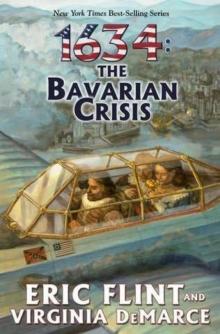 1634: The Bavarian Crisis (assiti chards)
1634: The Bavarian Crisis (assiti chards)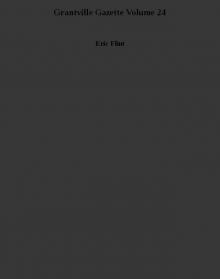 Grantville Gazette Volume 24
Grantville Gazette Volume 24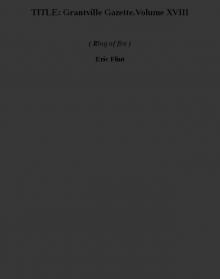 TITLE: Grantville Gazette.Volume XVIII (ring of fire)
TITLE: Grantville Gazette.Volume XVIII (ring of fire)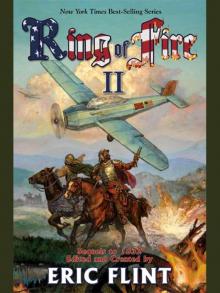 Ring of fire II (assiti shards)
Ring of fire II (assiti shards)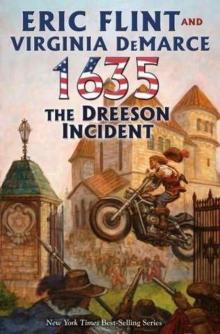 1635:The Dreeson Incident (assiti shards)
1635:The Dreeson Incident (assiti shards) Jim Baen's Universe-Vol 2 Num 4
Jim Baen's Universe-Vol 2 Num 4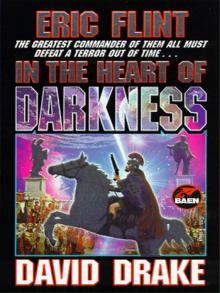 In the Heart of Darkness
In the Heart of Darkness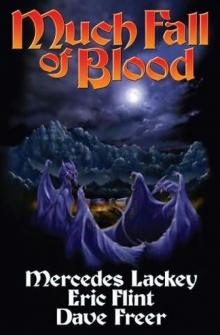 Much Fall Of Blood hoa-3
Much Fall Of Blood hoa-3